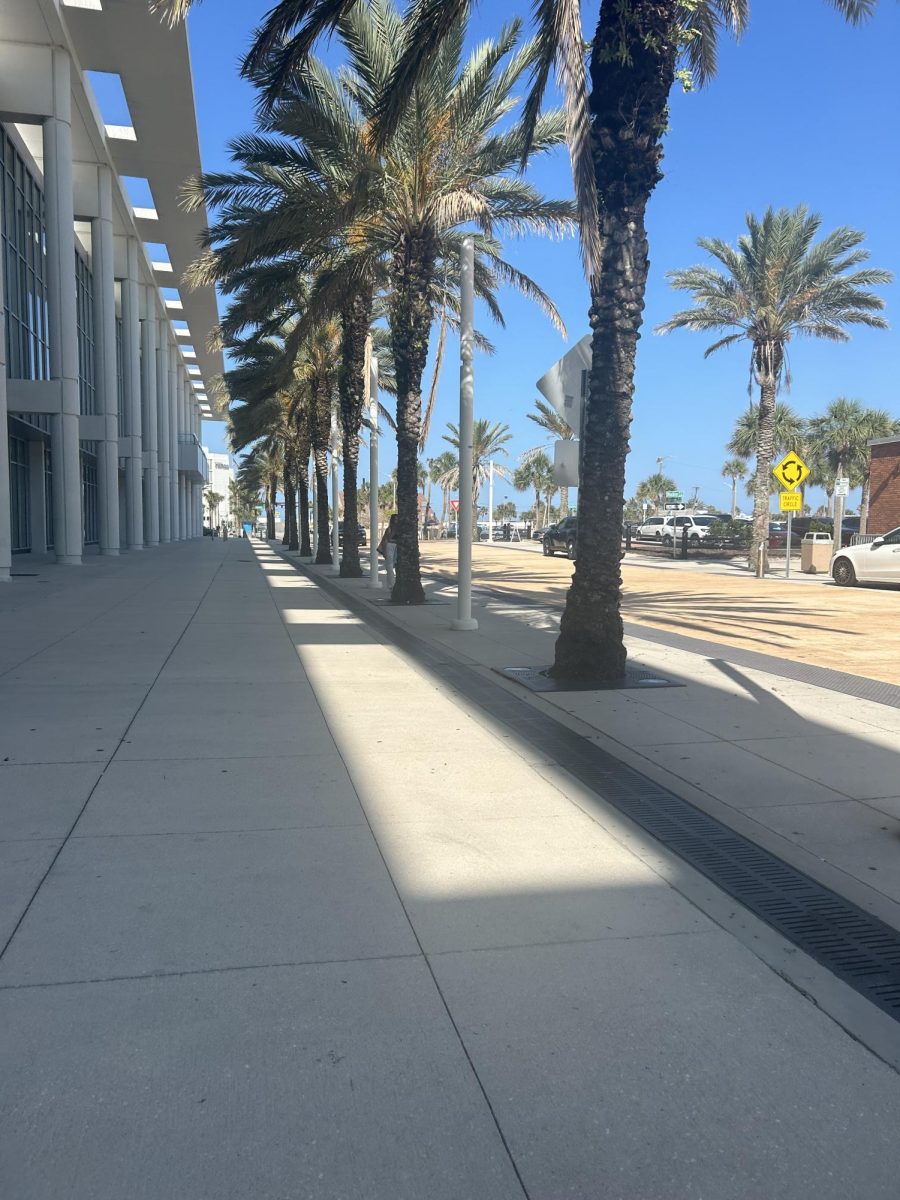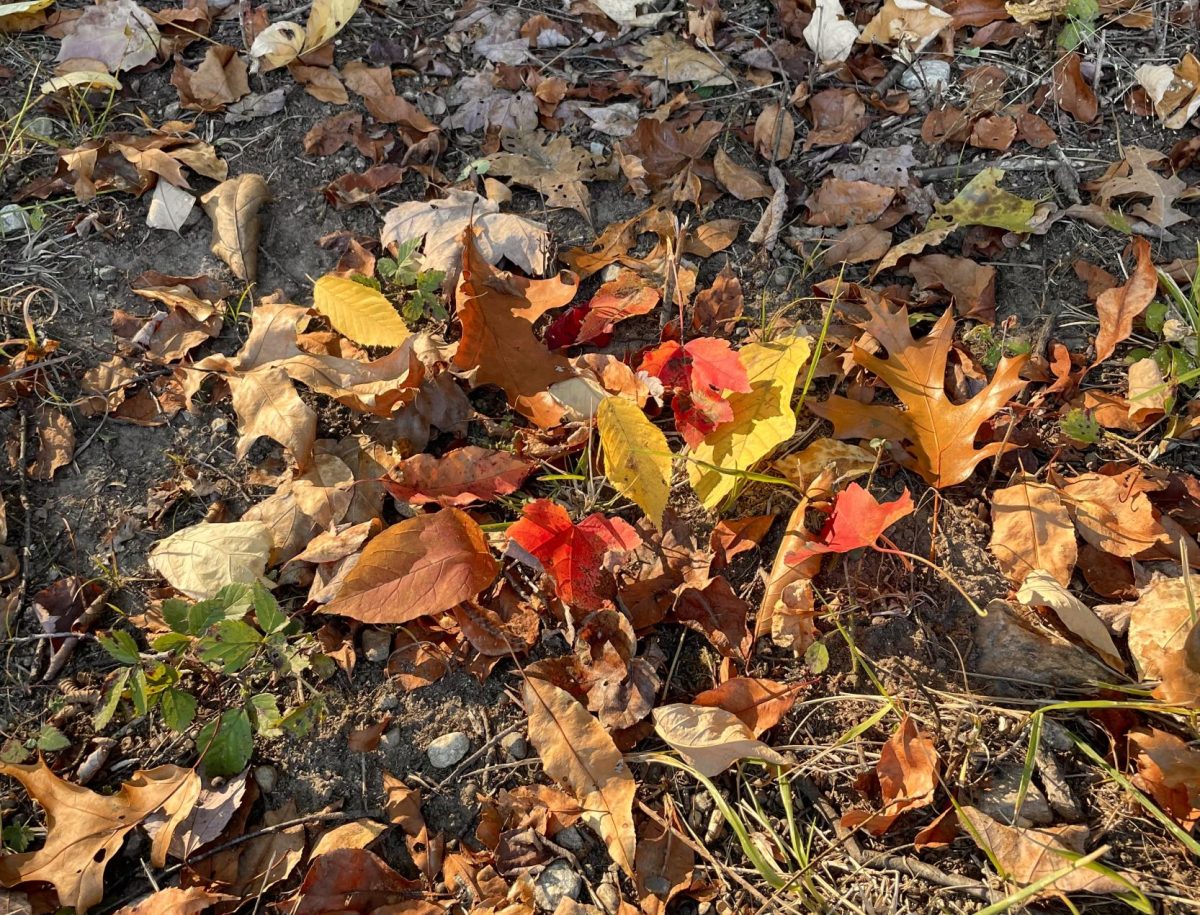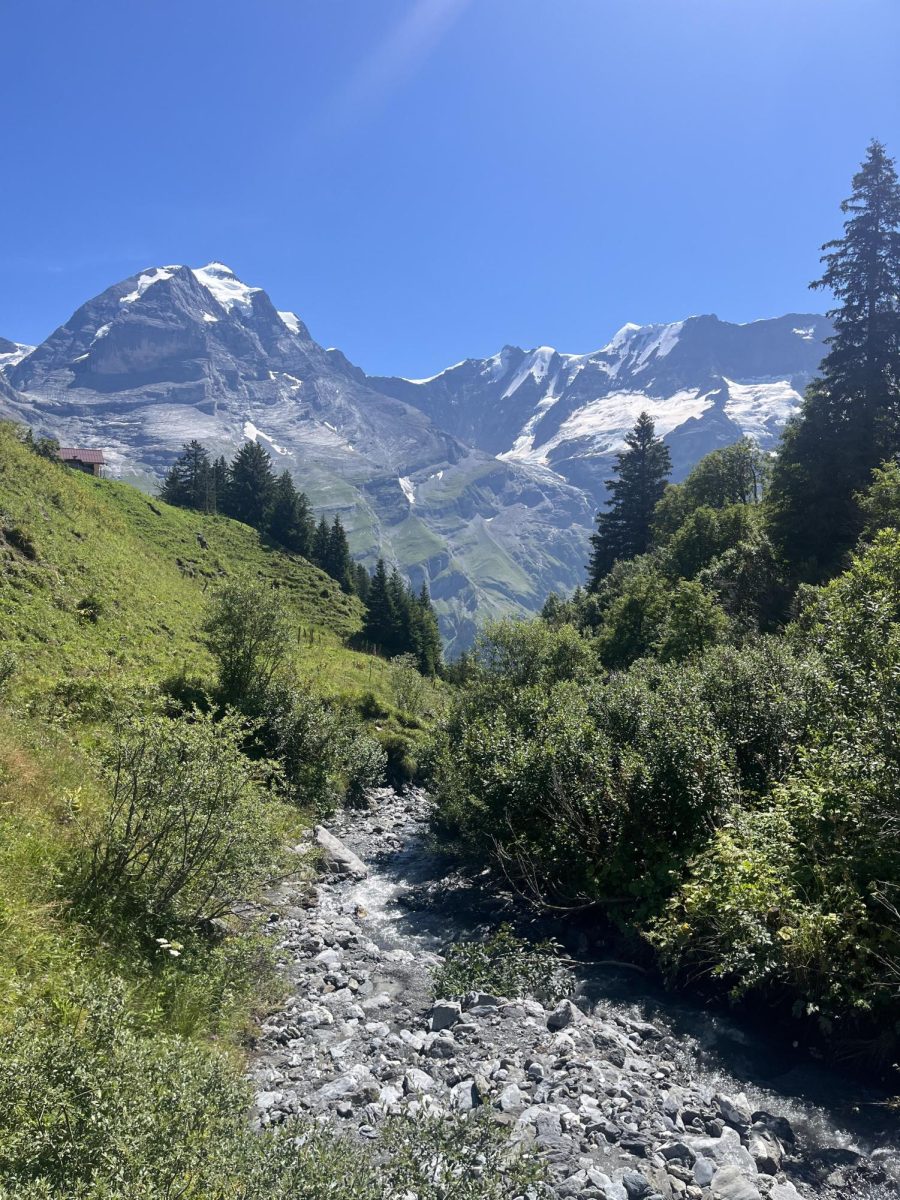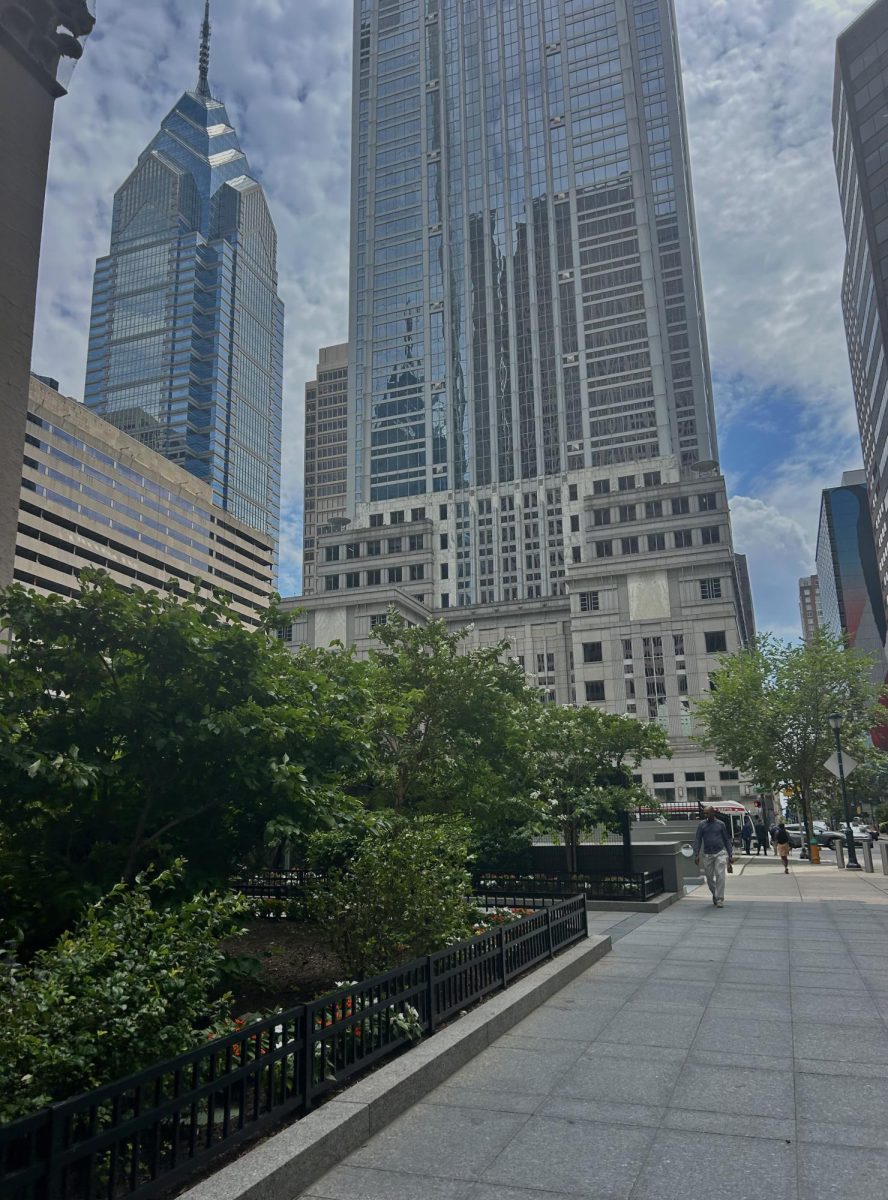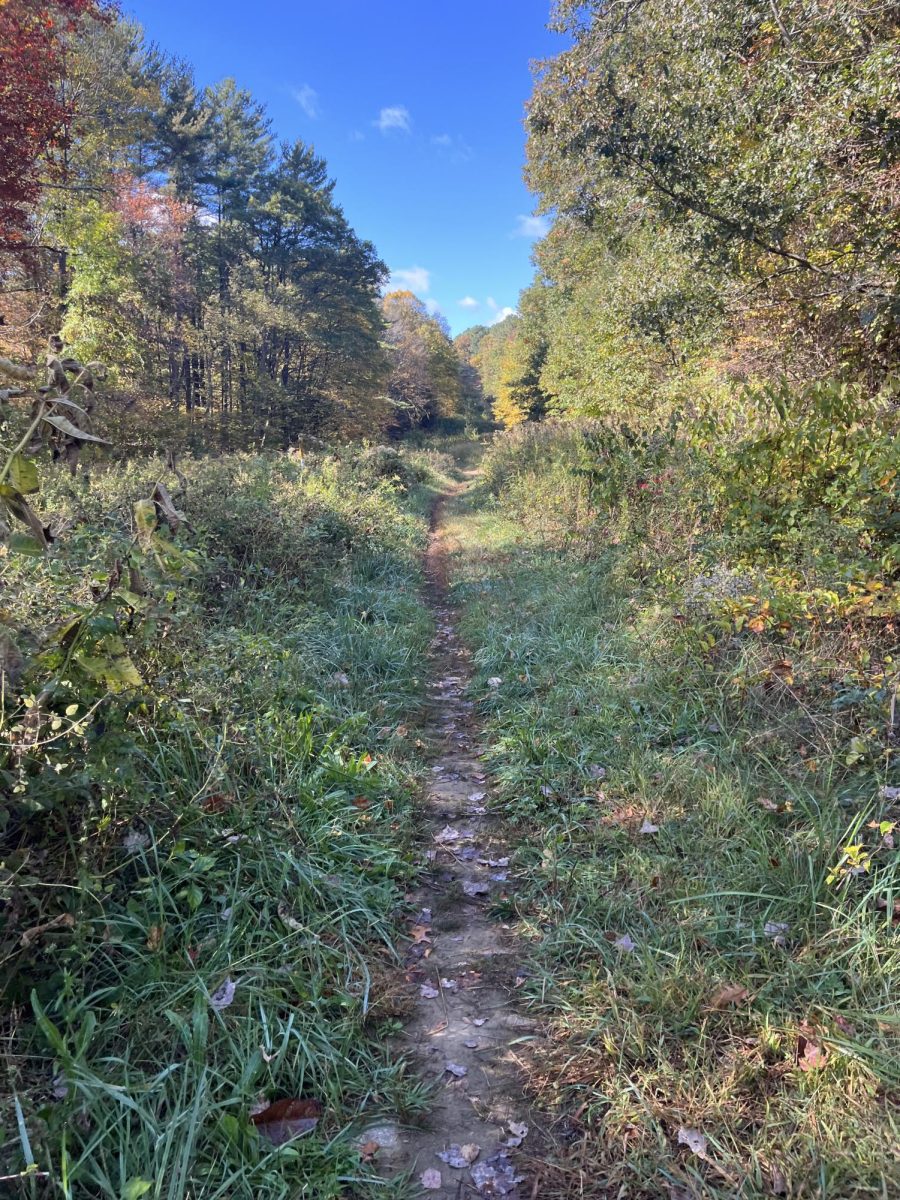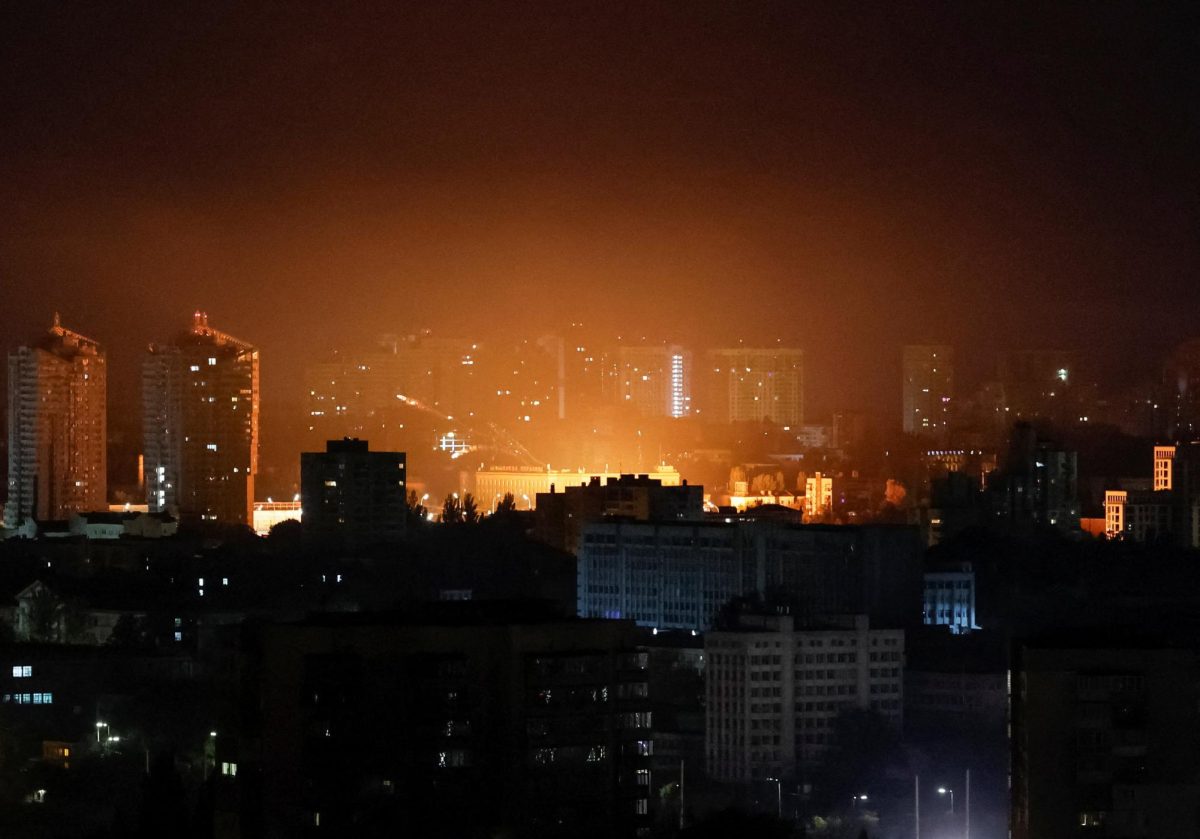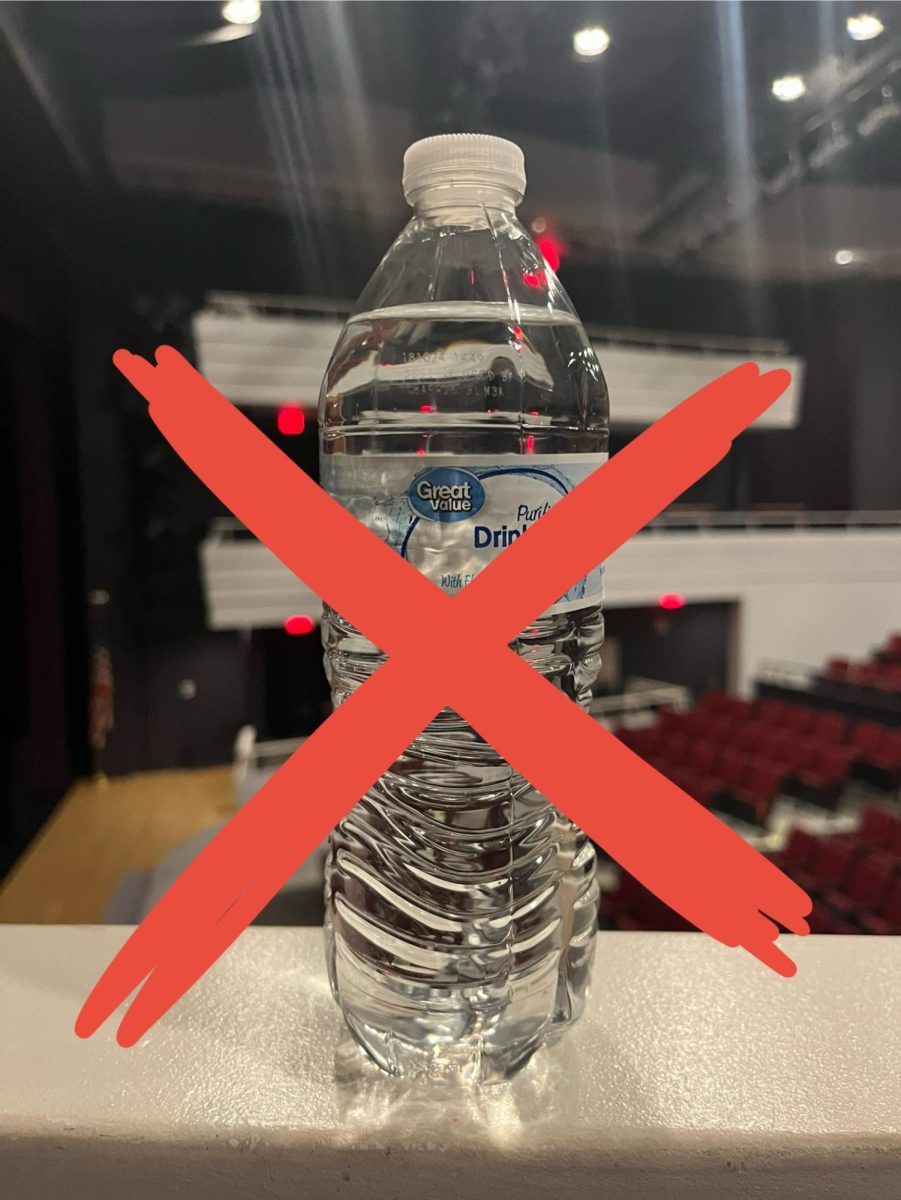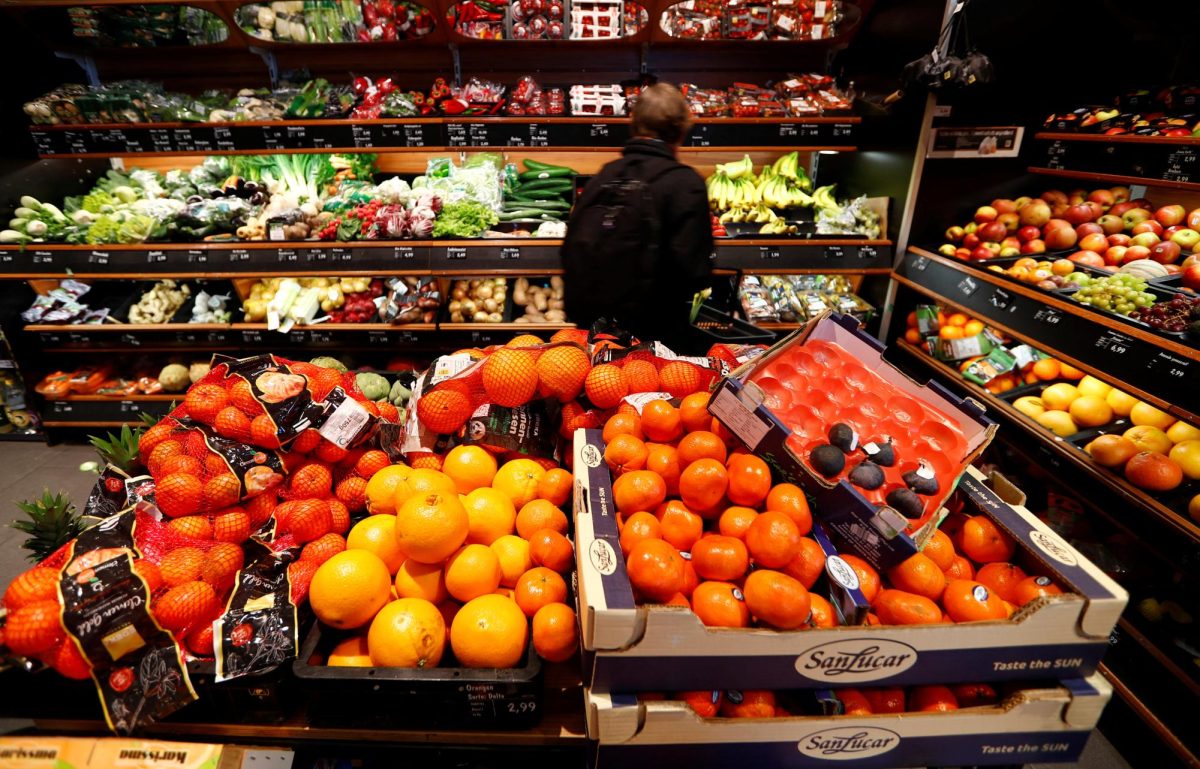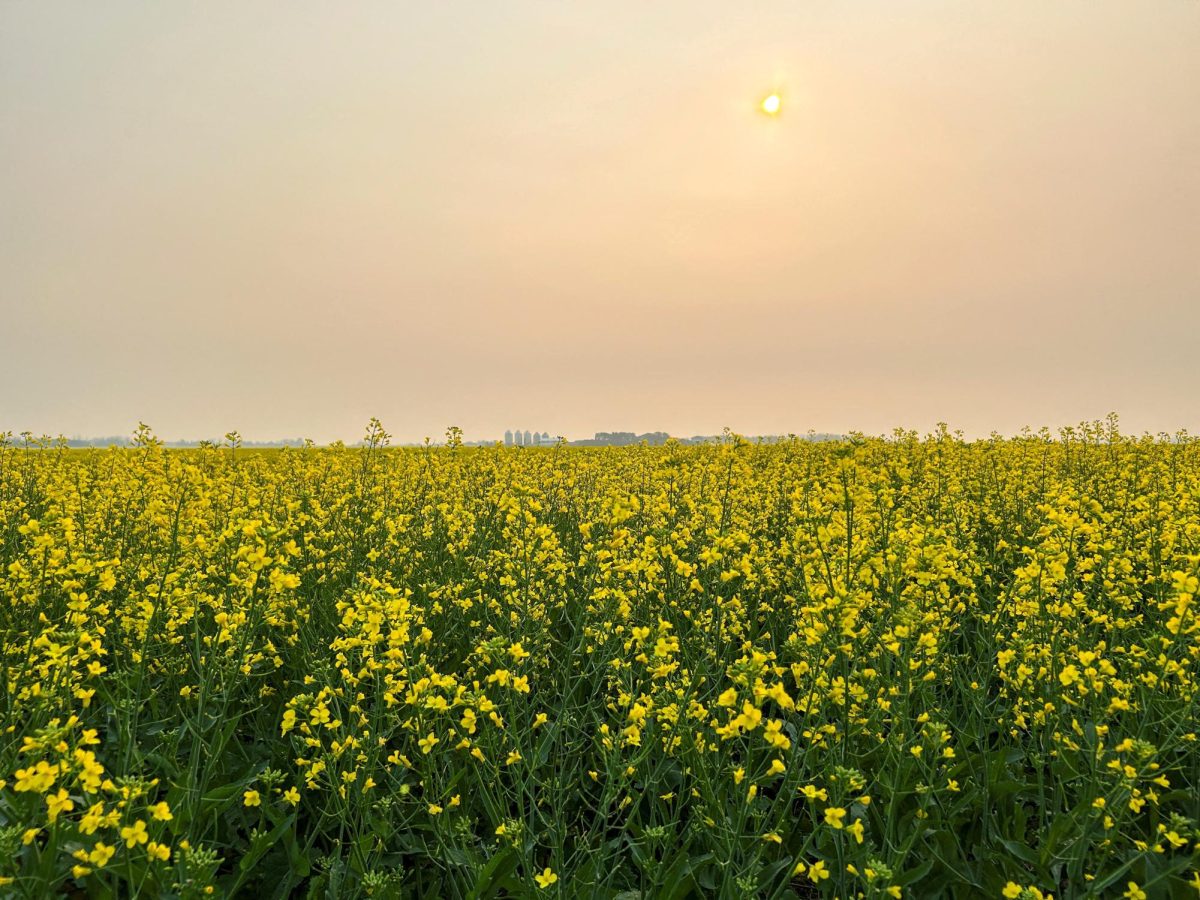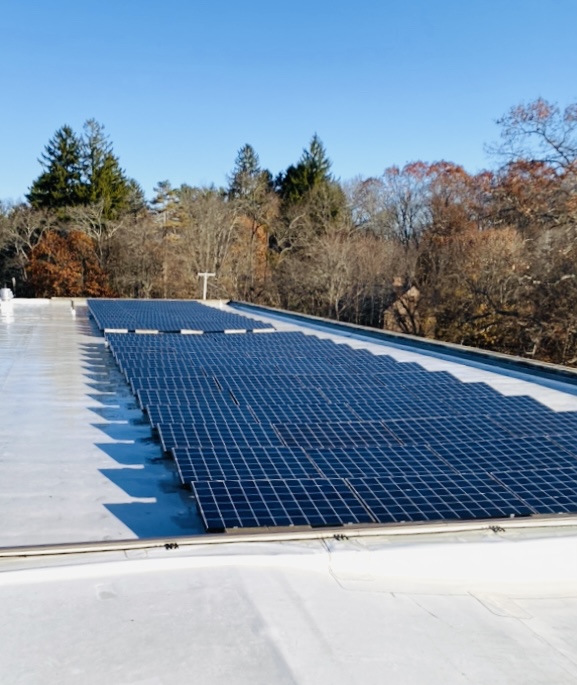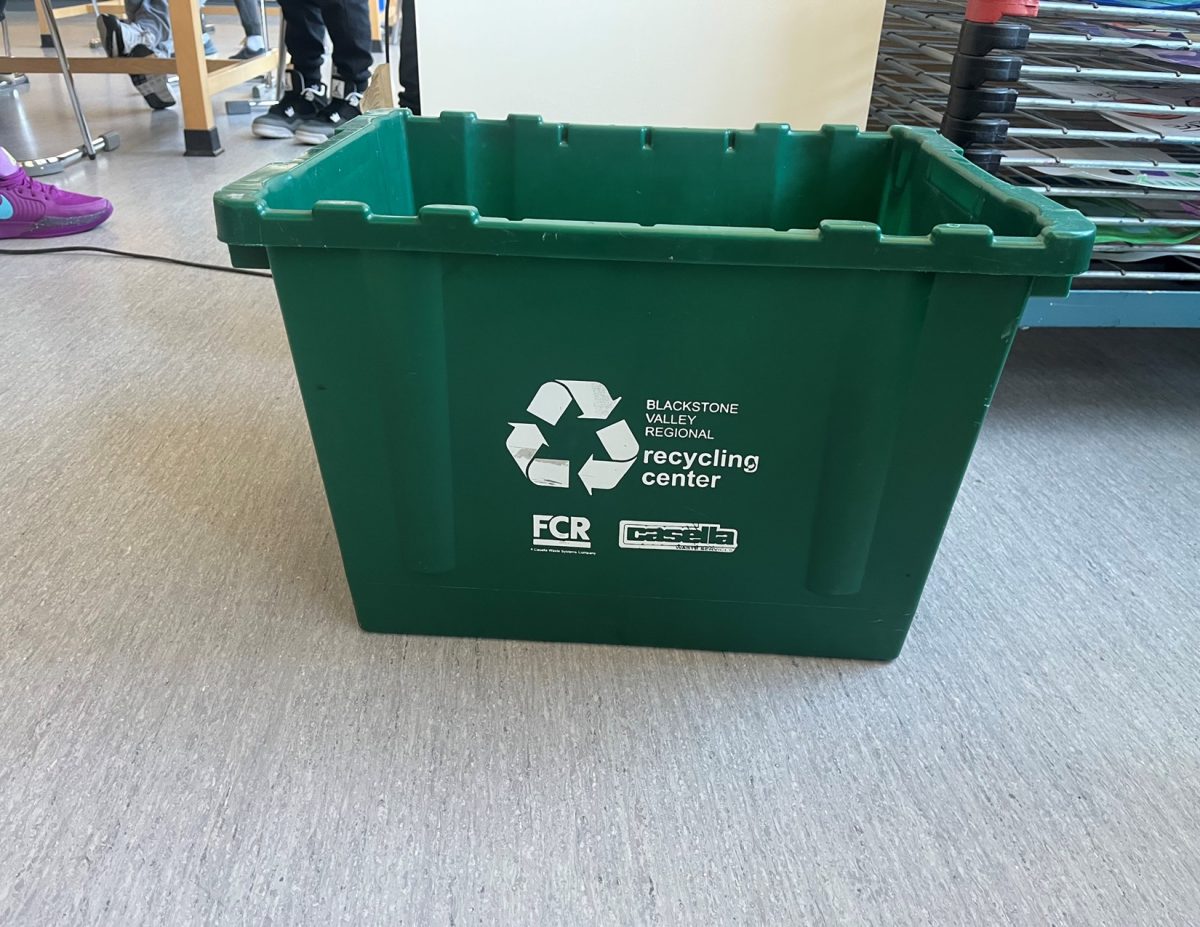What is air pollution? Air pollution is contamination of the indoor and outdoor environment by any chemical, physical, or biological agent that modifies the natural characteristics of the atmosphere.
Most people think that air pollution does not affect them because they don’t live in the city. You’re most likely wrong. Stats show that nine out of ten people worldwide are exposed to an amount of air pollutants. This means that every breath you take, you are sucking in particles that attach to your lungs, heart, and brain.
Air pollution is produced from many different sources, but the majority of it is a result of human activity. These human activities consist of: burning fossil fuels, industrial processes, waste treatment and management, and volcanic eruptions. These sources also emit: carbon monoxide, carbon dioxide, nitrogen dioxide, and other harmful chemicals that are detrimental to human health.
Deaths and illnesses from air pollution are largely down to tiny, invisible airborne particles, which can be as small as a molecule. The smallest particles are the deadliest. These tiny killers bypass your body’s defenses and lodge in your lungs, bloodstream, and brain.
Health problems in children and adults can occur because of both short and long-term exposure to air pollutants. The most prone to diseases from air pollution are children and pregnant women, and the elderly.
Air pollution impacts the environment by reducing and blocking sunlight, causing acid rains, harming forests and wildlife. Plants and crops grow less when exposed long-term to air pollution.
Ozone pollution harms plants and affects the structures called stomata, which are tiny pores in the underside of the leaves that allow the plant to “breathe.” Some plants can protect themselves by closing the stomata, but some plants are sensitive to the damage.
Between 1980 and 2011, nine billion worth of soybeans and corn were lost in the US as a result of Ozone pollution. With all the different chemicals in the air mixing, it robs the nutrients that the plants and crops need to grow and survive.
What is acid rain? Acid rain forms in the atmosphere when sulfur dioxide and nitrogen dioxide mix with water droplets to make sulfuric acid and nitric acid. They fall to the earth’s surface as acid rain, which damages the leaves on vegetation and increases the acidity of soils and waters.
Ways anybody could help decrease the amount of air pollution that is in the world is to use your car less, limit fires, plant and care for trees, use less energy, and don’t burn garbage.









